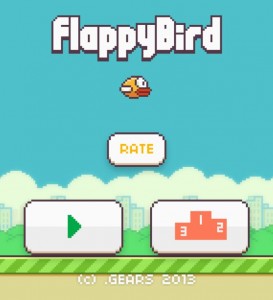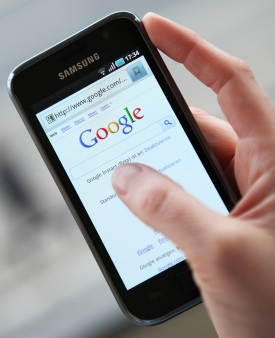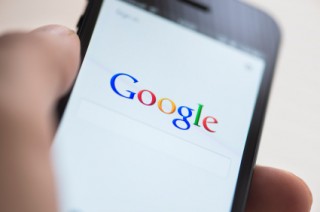An app is similar to a website – no matter how good it is, if nobody can see it, it is worthless. Of course, there are plenty of ways to get people to download your app, so we take you through tips on how to get it ranking.
Ranking algorithm
Much like Google, iTunes and Google Play keep their ranking algorithms a secret. In days gone by, it used to be based purely on number of downloads. However, this led to a cycle of only big, well-known apps ranking. Whilst the number of downloads is still a factor (there are a number of services out there guaranteeing rankings by downloading and deleting an app tens of thousands of times – something Apple is getting wise to), it is not the be all and end all.
App developers believe that the main factors which currently rank an app are:
- Number of downloads (more recent downloads are believed to be more heavily weighted);
- Number of reviews;
- Star rating of reviews;
- Number of times an app has been opened;
- Any purchases made though an app
The importance of app reviews
If you’re anything like me, you will have a whole bunch of apps that are still on your phone that you haven’t used in months – let’s call these ‘New Year Fitness Apps’. Whilst downloads play a part, you need people to actually use your app. What is it that your app provides? It must be a useful or entertaining app with ease of usability if you are to ensure it is used.
Making a good app is doubly important, as ratings are also an important ranking factor – both star rating and number of reviews. This is why apps are so desperate to get you to leave them feedback. This is one of the reasons that the infuriatingly difficult yet simple app sensation, Flappy Bird, grew so quickly.

The app with no budget behind it ended up making $50,000 in revenue a day and grew so big the developer withdrew the app as he couldn’t deal with the fame it brought him. In early versions of Flappy Bird, the ‘rate’ button was in the same location as the ‘play again’ button, meaning that millions of people clicked through to rate the game whilst trying to play again. The app was receiving 400 reviews a day in the early days of its development. This is before the app blew up and went viral, when reviews at one stage grew to 800 every hour.
To put this into perspective, Candy Crush Saga – which is another app success story has – at the time of writing, 133,033 reviews since January 2013. The equivalent, again at time of writing, of 157 reviews per day. Whilst nobody apart from Flappy Bird developer Dong Nguyen will know if the position of his rate button was by accident or design, we know that it had a huge impact on its popularity.
App store optimisation tips
- Include keywords in the app title: An analysis run by mobile marketing experts Tune shows that of their 525,000 tracked keywords, there was a 10.3% increase in visibility in apps which included relevant keywords to their titles. A couple of free tools to do this include MobileAction and SensorTower.
- Take screenshots: With Apple, developers can upload a number of screenshots to entice users. Whilst you should fill all of these available spots, put your most important in the first two slots as these are what are shown in the search results. Use these screenshots as advertisements and show what your app does and why they should download it. Think of these as meta descriptions.
- Pay attention to your app icon: Imagine you are scanning a newspaper page, which stories do you stop and read? For most people it will be those with the most eye catching image. The same is true of Apple and Google’s App Store. However, you don’t have the luxury of photos, you have an App Icon. So make sure this isn’t just an afterthought, looks good and is consistent with the design of your app.
- Get reviews: We’ve covered this already, but it’s worth mentioning – reviews are important and you should do all you can to encourage users to leave a review. There are plugins such as Appirater which make this easy for you. A successful method to get reviews is running competitions for reviews – so there is something in it for them in the first place.
- Get downloads: Think of downloads and reviews to apps as links to your website for SEO purposes. Therefore, some of the most effective weapons in the SEO’s armoury comes into play – PR and social media. Sites like Hacker News and Product Hunt are your friend.
- Add the Google+ plugin: Often overlooked, but the more +1s an app get the more visible it will appear in Google Play. This is because they use it as a sign that it is a good product.
In conclusion, mobile is here to stay and as the app market gets more competitive then the importance of app store optimisation will only grow. As we have seen with Flappy Bird, done well it can literally turn into a cash cow in the space of a few days – and there are not many industries which can say that. Whether your app is your whole business or merely to support your business then your optimisation strategy should not be left to chance.
What do you think the hot new app for 2015 will be? Tweet us @searchlabs and let us know.

